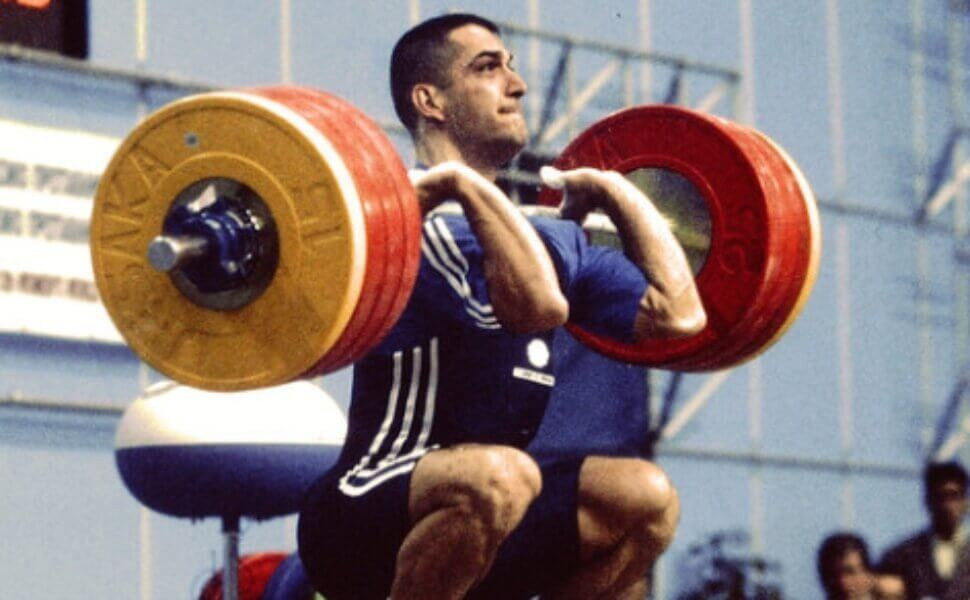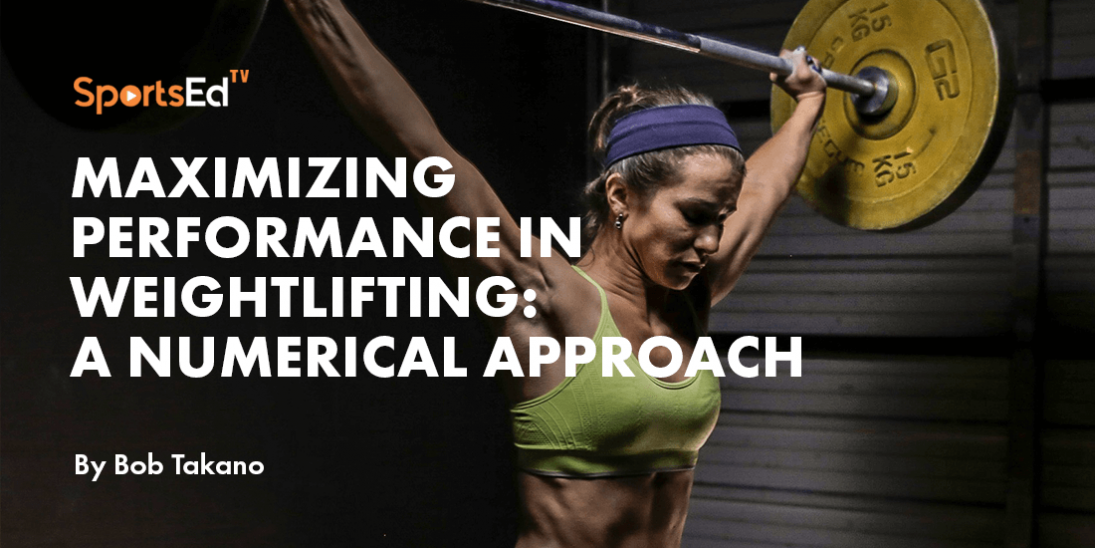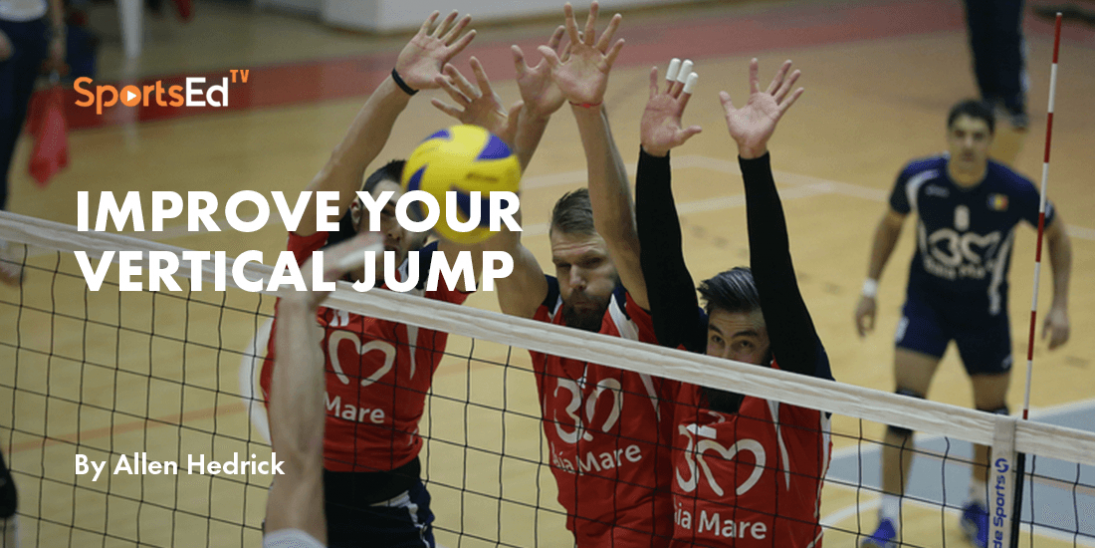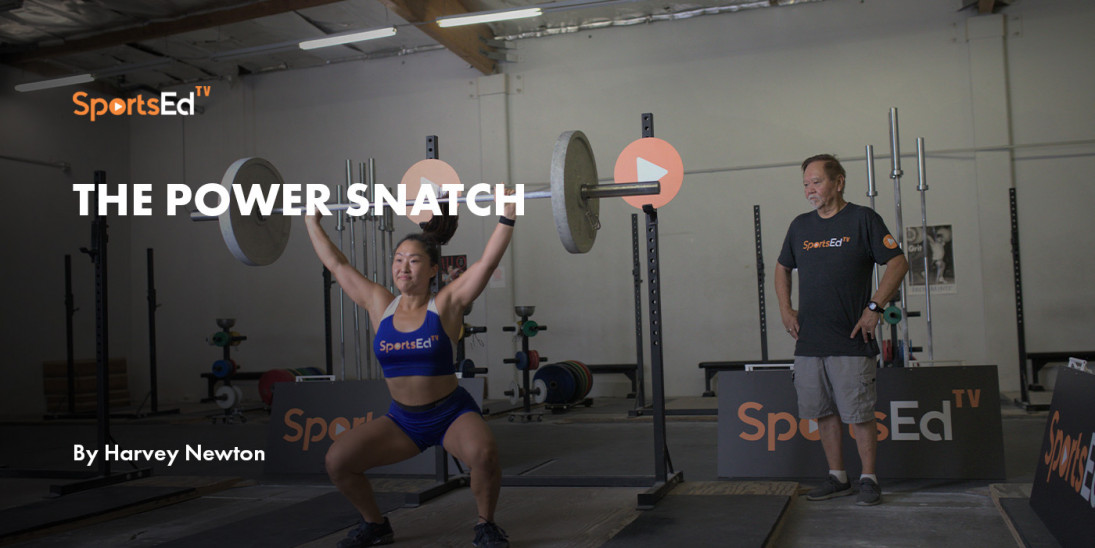Weightlifting, Strength And Conditioning
Welcome and thanks for visiting...

Weightlifting for the High School Athlete by Leo Totten
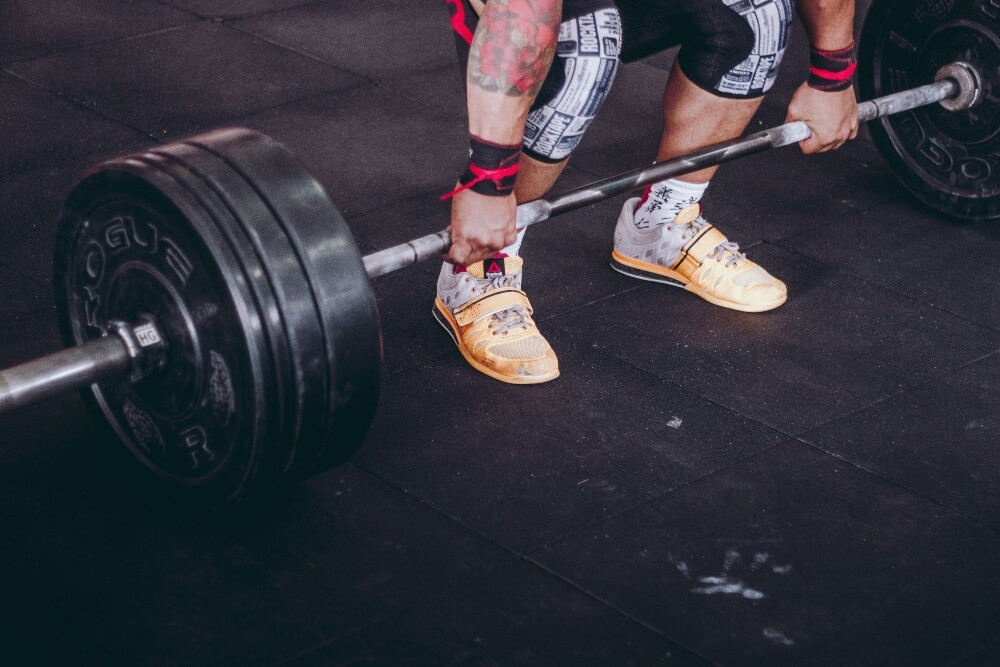
Coach Totten, a retired high school coach and administrator, has had a long and successful career as an athlete, a coach, and an educator. He competed in weightlifting at the national and international levels. Coach Totten can be contacted at https://www.tottentraining.com or on Facebook.
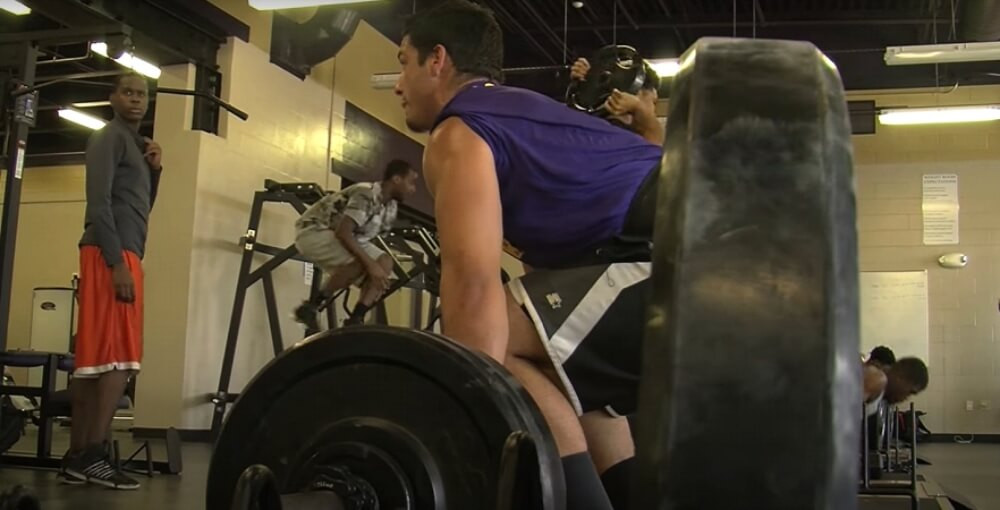 |
| Booker High School |
Weightlifting is an awesome sport and, in fact, is the only barbell sport in the Olympic Games (hence the reason why most Americans call that style, “Olympic lifting”). The cool thing about the sport of weightlifting is that it is a tremendous competitive outlet but also has tremendous carryover value to the training of athletes of a variety of sports and ages.
So, what exactly are the weightlifting movements we are talking about? In weightlifting competitions, you see athletes from around the world performing the snatch and clean-and-jerk. These athletes are strong, powerful, and quite explosive in their movements with the goal to put as much weight over their heads for a single rep.
The high school athlete may never get to the point of competing in these lifts, but instead, train variations of the lifts to enhance performance in their particular sport(s). Depending on their needs and abilities and where they are in the learning process, there are a variety of ways young athletes can train like a weightlifter. Weightlifters are the most powerful athletes in the world, so why not train like them?
Train like them, but not necessarily exactly like them, though. High school athletes can use the full snatch, clean, and jerk movements, but these lifts can be broken down into segments as well as utilizing various assistance exercises to make those lifts more efficient and beneficial.
Coaches and athletes should always start with, why weightlifting? Do you have a reason or rationale why you are putting something into your training program? Will it enhance performance and at the same time be safe and effective?
The weightlifting movements discussed here have benefits proven over time, experience, and research to be effective and safe. The power development derived from these lifts is obvious when you see how explosively the movements are performed. Weightlifters are known for their outstanding vertical jump ability, one of the major tests of power. The strength background needed to develop this power is part of the training that has significant carryover to sport. Some of the less obvious advantages of this type of training are the development of muscular and cardiovascular endurance, as well as flexibility, kinesthetic awareness, and full-body movement in a time-effective system.
Where the benefits really kick in is on the field or court. Do the lifts really relate? The answer is a definitive, yes. Just to mention a few:
⦠Improved rate of force development (RFD)
⦠Increased muscle contraction speed
⦠Increased first step quickness
⦠Enhanced ability to absorb forces
⦠Enhanced functional core stability
The benefits are obvious and have been substantiated over the years. Yet some high school coaches balk at the idea of having their athletes do these lifts. There have been lots of reasons given why they choose not to do the lifts, like “They are too complicated” or “They are too hard to teach.” Granted, there is a skill to performing these lifts correctly and it does take some time to teach them, but the value greatly exceeds any trepidation on the part of the coach. Kids learn the lifts very quickly and really enjoy the challenge!
And by the way, your male athletes aren’t the only athletes we are talking about here. Just watch how your female athletes go after these lifts!
Coaches need to learn the teaching progressions for these lifts. Typically, we teach from the “top down,” meaning we teach them how to receive or catch the bar in a clean or a snatch before lifting from the platform. We work on pulling from the power position, and then progress to pulling from the knees, and eventually from the floor. Some coaches prefer to teach the clean first, while others teach the snatch first. Either way is fine, whatever is in the comfort level of the coach and athletes.
Check these and other SportsEdTV links to learn how the lifts are performed and taught:
For more in-depth information on learning to teach the Olympic lifts it is highly recommended to take a course with your national federation or Totten Training Systems to get certified and learn to do it right!
The beauty of teaching the lifts from the top-down is that it is possible to work with large groups and progress along depending on their stage of learning. For example, when working on the clean, a high school coach may be working with up to 30 athletes.
Part of the group can work on the clean pull from mid-thigh
They are all at their own stage of learning, but all are working on some segment of the clean at the same time.
We said earlier that athletes may only use these lifts or parts of the lifts for performance enhancement; they may never plan to compete in weightlifting. But why not compete? Coaches will find that their athletes really enjoy these lifts and the challenge of doing them correctly with bigger weights. Putting that competitive edge in the training session is a great motivating tool for your program.
Setting up intra-squad competitions is a great motivating tool for coaches and their programs. This, in turn, can lead to higher-level competitions outside of the school environment. USA Weightlifting has an excellent avenue of competition for youth (ages 14-15 and 16-17) as well as juniors (ages 18-20). There are local competitions that can eventually lead to state, regional, national and even international events. The challenge of moving from one stage to the next keeps them coming back for more!
Next thing you know, you just might have an Olympic champion on your hands!

